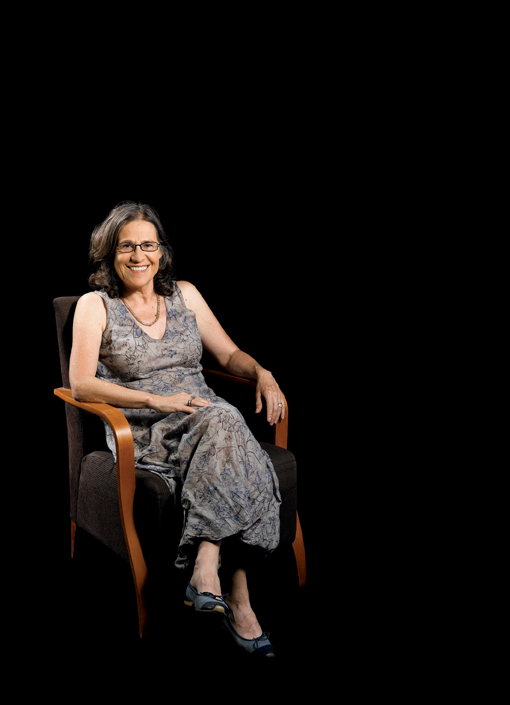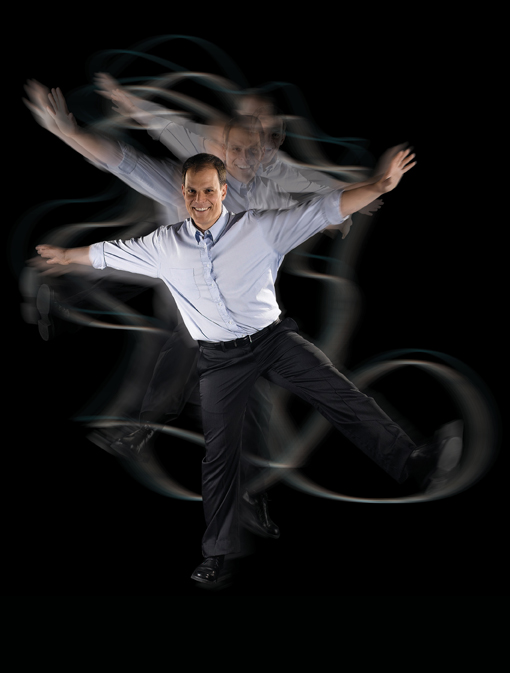Are you a journalist? Please sign up here for our press releases
Subscribe to our monthly newsletter:

Science, like many things in life, progresses in cycles, the latest technology of one stage becoming a springboard for new discoveries and inventions in the next. This has been the experience of Prof. Daniella Goldfarb of the Institute's Chemical Physics Department in over 20 years of research into the behavior of paramagnetic materials. Beginning in the late 1980s, Goldfarb has developed measurement methods and constructed a series of spectrometers based on electro-paramagnetic resonance (EPR), each new design improving on the previous ones. For example, a method she developed to reduce background noise has been introduced in commercial spectrometers and is now used in labs around the world.
Among her research subjects are metallo-enzymes – biological molecules with para-magnetic metals in their central active sites that enable them to carry out their various tasks in the body. With EPR, Goldfarb can perceive molecules and even atoms, giving her the opportunity to investigate biology on the atomic level and often revealing details that can't be seen with any other method. She also teamed up with Prof. Yechiel Shai of the Institute's Biological Chemistry Department to look into the activities of certain natural antibiotics – proteins that penetrate the cell walls of bacteria and destroy them. The scientists succeeded in forming a detailed picture of the interactions between the antibiotic protein and the bacterial cell wall as this penetration takes place. This research may lead to new antibiotics that could help circumvent antibiotic resistance.
Prof. Daniella Goldfarb's research is supported by the Carolito Stiftung; and the estate of Lela London. Prof. Goldfarb is the incumbent of the Erich Klieger Professorial Chair in Chemical Physics.

Spooky action at a distance" is how Einstein referred to one of the most striking principles of quantum theory – entanglement. Einstein was famously unhappy with this aspect of quantum mechanics, in which particles can be linked together – a change in one is accompanied by an instantaneous change in the other, even when they are completely separated in space. It may fly in the face of intuition, but this phenomenon has been observed in recent years in various labs around the world.
The vast potential of quantum entanglement has led in recent years to the rise of a whole scientific field – quantum optics – which promises to revolutionize computing and communication sciences. Dr. Barak Dayan of the Institute's Chemical Physics Department is one of those striving to fulfill this promise.
Dayan explores entangled systems that are composed of single photons (which can carry quantum information) and single atoms (which can perform as "quantum memory" units). His previous research includes some of the first demonstrations of interactions between entangled photons and atoms. In the past few years, Dayan has been involved in developing a unique advanced technology in which single atoms are manipulated with lasers to interact with single photons via micron-size, chip-based optical resonators. Such atom-mediated interactions between photons might, in the future, form the basis of logic gates for powerful quantum computers.